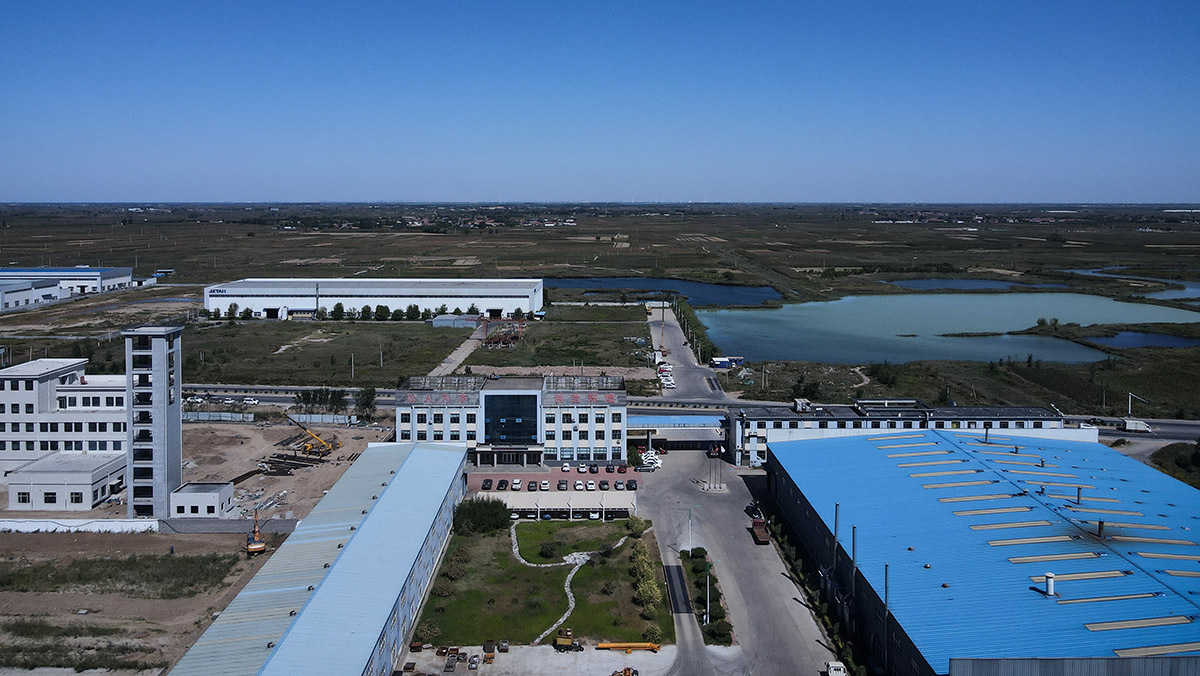Understanding Sloatted Casing: A Key Component in Oil and Gas Applications
Published on:
2024-10-11
Sloatted casing is a specialized type of tubing used in the oil and gas industry, characterized by vertical slots or openings along its length. These slots are designed to allow for the efficient flow of fluids while providing structural integrity to the wellbore. The primary purpose of sloatted casing is to enhance production rates by facilitating the entry of oil or gas from surrounding formatio
Sloatted casing is a specialized type of tubing used in the oil and gas industry, characterized by vertical slots or openings along its length. These slots are designed to allow for the efficient flow of fluids while providing structural integrity to the wellbore. The primary purpose of sloatted casing is to enhance production rates by facilitating the entry of oil or gas from surrounding formations into the wellbore.
The design of sloatted casing involves careful considerations to ensure it can withstand the high pressures and temperatures encountered in subsurface environments. The slots are typically evenly spaced and oriented to maximize fluid entry while minimizing the risk of sand or other particulate matter blocking the openings. Additionally, the material used for manufacturing sloatted casing is often chosen for its durability and resistance to corrosion, which are critical factors in maintaining the longevity and efficiency of the well.
In terms of applications, sloatted casing is primarily utilized in areas where there is a significant need for enhanced fluid flow, such as in high-permeability formations or in the recovery of heavy oils. It is especially beneficial in water flooding operations, where water is injected into the reservoir to displace oil towards the production wells. The slots in the casing allow the injected water to flow into the formation, helping to push the oil towards the wellbore.
Another important application of sloatted casing is in the development of horizontal or deviated wells, where traditional casing methods may not provide the same level of efficiency. The use of sloatted casing in these scenarios can significantly improve the overall productivity of the well, making it a preferred choice in modern drilling practices.
Furthermore, the installation and maintenance of sloatted casing require specialized techniques and equipment. Proper placement is crucial to avoid issues such as casing collapse or failure, which can have severe implications for well integrity and safety. As such, operators must ensure that their drilling teams are well-trained in the specific requirements associated with sloatted casing installations.
In conclusion, sloatted casing is an integral component in the oil and gas sector, offering enhanced production capabilities and efficiency in fluid recovery. Understanding its design, applications, and installation processes is essential for professionals in the metallurgical, mining, and energy industries, as it can significantly impact the success of drilling operations and resource extraction.
The design of sloatted casing involves careful considerations to ensure it can withstand the high pressures and temperatures encountered in subsurface environments. The slots are typically evenly spaced and oriented to maximize fluid entry while minimizing the risk of sand or other particulate matter blocking the openings. Additionally, the material used for manufacturing sloatted casing is often chosen for its durability and resistance to corrosion, which are critical factors in maintaining the longevity and efficiency of the well.
In terms of applications, sloatted casing is primarily utilized in areas where there is a significant need for enhanced fluid flow, such as in high-permeability formations or in the recovery of heavy oils. It is especially beneficial in water flooding operations, where water is injected into the reservoir to displace oil towards the production wells. The slots in the casing allow the injected water to flow into the formation, helping to push the oil towards the wellbore.
Another important application of sloatted casing is in the development of horizontal or deviated wells, where traditional casing methods may not provide the same level of efficiency. The use of sloatted casing in these scenarios can significantly improve the overall productivity of the well, making it a preferred choice in modern drilling practices.
Furthermore, the installation and maintenance of sloatted casing require specialized techniques and equipment. Proper placement is crucial to avoid issues such as casing collapse or failure, which can have severe implications for well integrity and safety. As such, operators must ensure that their drilling teams are well-trained in the specific requirements associated with sloatted casing installations.
In conclusion, sloatted casing is an integral component in the oil and gas sector, offering enhanced production capabilities and efficiency in fluid recovery. Understanding its design, applications, and installation processes is essential for professionals in the metallurgical, mining, and energy industries, as it can significantly impact the success of drilling operations and resource extraction.
















